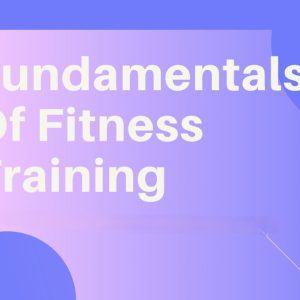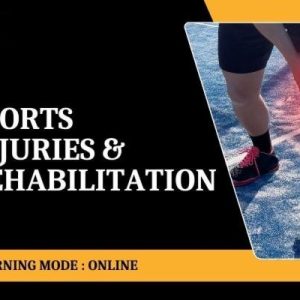Description
Understanding how the body moves is essential for effective and safe fitness coaching. This course provides an in-depth introduction to exercise science and kinesiology—the study of human movement. Learners will explore muscular anatomy, skeletal structure, joint articulation, and the neuromuscular systems that drive motion. You’ll learn which muscles are responsible for major movements (flexion, extension, rotation) and how to identify and correct movement imbalances. The course covers functional movement patterns (push, pull, hinge, squat, lunge, rotate) and introduces biomechanics—explaining how forces, torque, levers, and angles affect movement efficiency and injury risk. You’ll also examine the body’s energy systems (ATP-PC, glycolytic, oxidative) and how they relate to aerobic vs. anaerobic exercise. Topics in cardiovascular response, oxygen consumption, lactate threshold, and muscle fiber types further enhance your physiological knowledge. With interactive diagrams, case studies, and practical applications for sport, rehab, and strength training, this course is perfect for aspiring trainers, therapists, athletes, or anyone seeking a foundational understanding of exercise performance and movement science.





Yemi –
This course gave me a strong foundation in how the body moves and functions during exercise. It’s helping me train smarter and build better routines for my future clients.
Francis –
I took this to refresh my knowledge, and I’m glad I did. It breaks down complex concepts into easy-to-understand lessons that I now incorporate into my teaching.
Ekene –
I’ve always loved working out, but this course helped me understand the why behind each movement. Now I train more effectively and with purpose.
Yetunde –
The course gave me great insights into injury prevention and proper form. I feel more confident guiding my classes and answering participant questions.
Samaila –
The biomechanics and muscle function modules were incredibly helpful. It complements what I’m learning in school and adds real-world examples that stick.